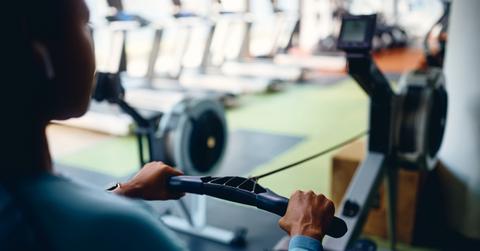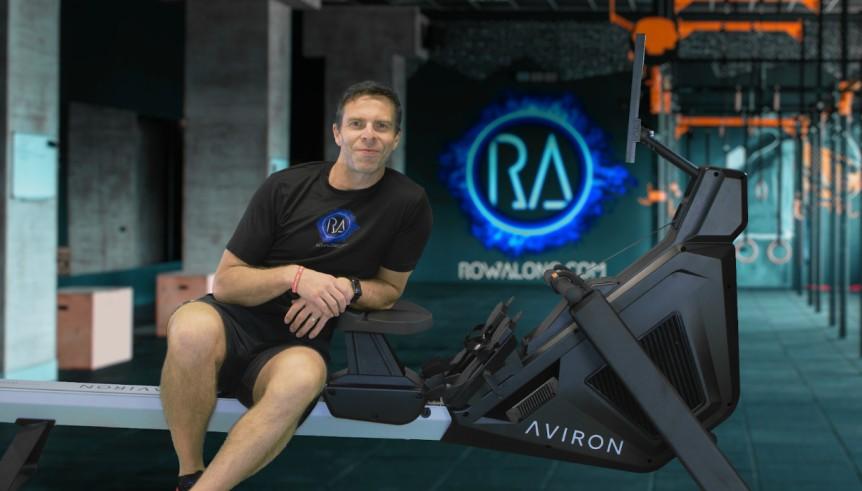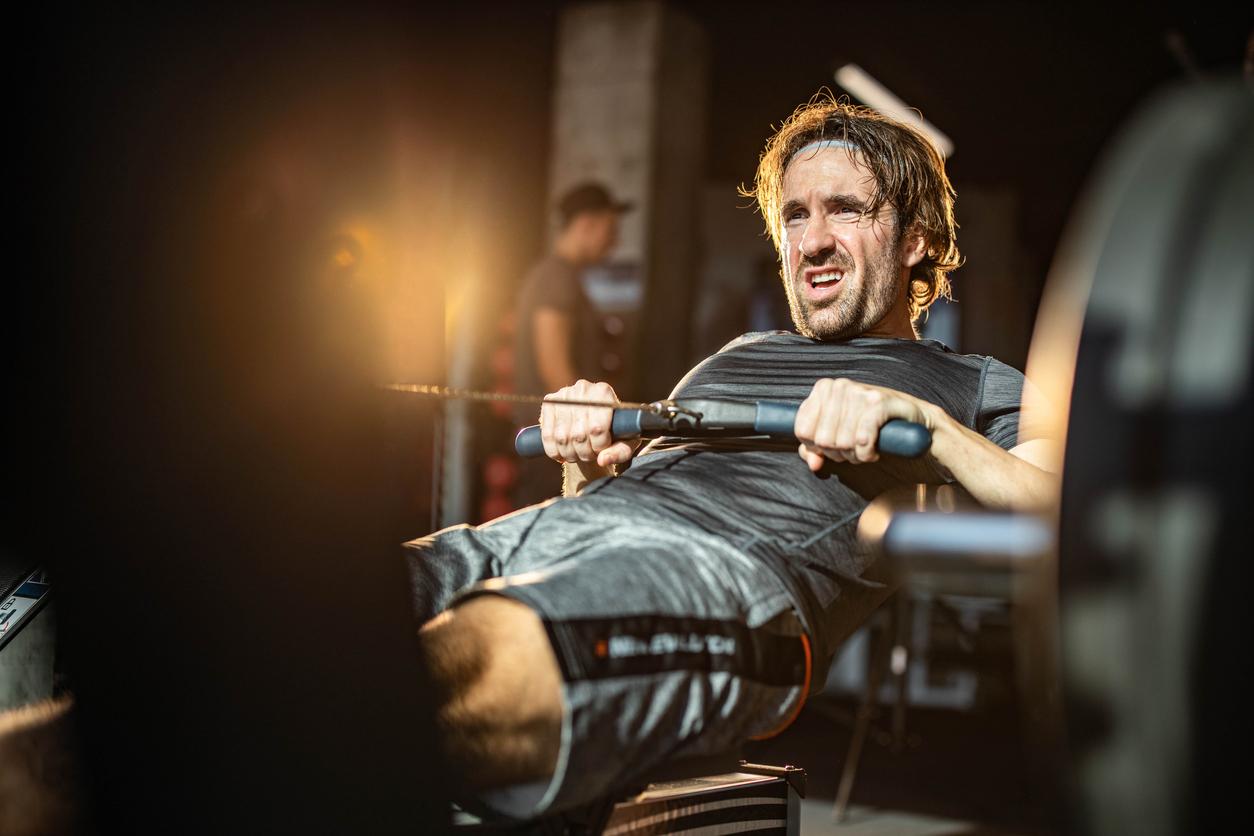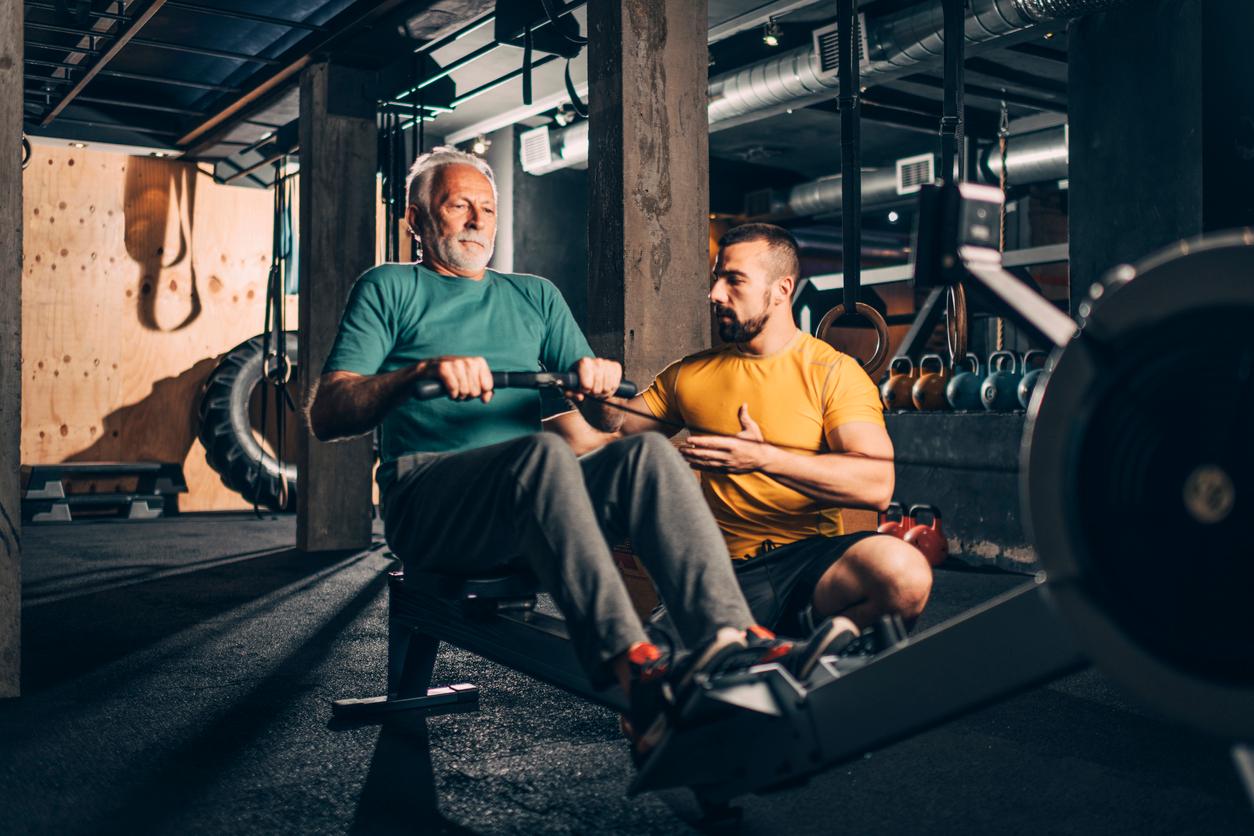Erging: Everything You Need to Know About This Indoor Workout, According to a Pro (Exclusive)
If you've ever wanted to try rowing, consider starting with erging.
Published March 5 2024, 4:39 p.m. ET

You've seen the machine in shows and movies as the titular character seeks to get fit; and you've passed by it on your way to the elliptical or treadmill and did a double-take in curiosity. It looks like someone rowing on land, building up pools of sweat, but what is the machine actually called?
What we laypeople call a "rowing machine" is actually an ergometer, commonly called an erg for short, and the nifty machine provides enormous value to expert rowers and gym newbies alike.
Before we dive into this fitness craze and explore whether it's right for you, let's get our terminology straight. When gymgoers use an ergometer, they're engaging in what's known as "erging," aka approximating the motion of rowing in a boat, while letting the machine measure their output.
With that out of the way, let's learn about erging from accomplished rower John Steventon, an indoor rowing gold medalist and Aviron fitness coach.

What is erging?
To clarify what erging is, we turned to John Steventon for insight: "An erg is (usually) a static, stable machine," Steventon explains to Green Matters exclusively via email. "Rowing ergometers were developed as a way for on-the-water rowers to get some winter training when they couldn’t get out on the water."
The distinction between types of erging machines is important, as U.K.-based biking company Rehook notes that athletes across multiple sports use ergometers to train and track their performance. Per Rehook, the term ergometer itself is applied to multiple types of machines that mimic the movements in other sports, including skiing and bike riding, in addition to rowing.
According to Rehook, "ergometer" was coined in 19th century Germany to measure work output. Today, though, ergometers will typically utilize watts generated as a measurement of work expenditure, which can then be converted to give rowers insight into their pace, per the rowing manufacturer company Concept2, through which Steventon earned an instructing certification.

Erging vs. rowing: How do they differ, and which is better for you?
The most obvious difference between a rowing ergometer and traditional rowing is the location.
"Definition-wise, rowing happens in a boat on the water, and erging is rowing on a machine on dry land," Steventon explains.
Initially, the two workouts may appear similar to the untrained eye. However, to a gold medalist like Steventon, there are so many more factors to consider when it comes time to apply endless hours of training on race day out on the water. "The technique difference between them is what sets them apart even more," he says.
"On the water, the boat moves underneath you, so the force you put in and how your momentum shifts from front to back all have an effect on how it moves, how you get the power in, and your own comfort as a rower," Steventon continues. "Because of the technique involved in making a rowing boat move — let alone getting it to move in a straight line — even without considering trying to get power in, rowing on the water is a lot harder than rowing on a machine."

While the average gymgoer isn't necessarily concerned about setting records like Steventon or perfecting every last muscle twitch to generate the highest amount of watts, poor form and unawareness of how the machine works could lead to avoidable injuries.
"On a rowing machine, I have seen the weirdest techniques from people in gyms," he says, warning that a bad technique can pose a risk of injury.
That said, to be safe, make sure to consult with a fitness professional or gym employee before you try an erging machine for the first time.
In a boat, though, Steventon says poor form can lead to the rower falling into the water, whereas when doing interval workouts on an erg, "you can [push yourself] over and over again, knowing that falling off the machine will only damage your pride."
"On the water, technique is king," Steventon adds, noting that rowing "calls for a perfection that most people chase every time they’re in a boat."
Ultimately, Steventon sums up the differences thusly: "Between technique, balance, stabilizing muscles, dealing with the environment, and the prospect of going overboard if you really mess up, rowing on the water is a much harder prospect than working out on a rowing machine."

What are the benefits of erging on a rowing machine?
One of the many benefits of rowing machines, per Livestrong, is that it is suitable for people (including older people) seeking a low-impact exercise. Additionally, erging can provide a full-body workout that, when done under responsible supervision, can safely elevate the heart rate.
"Both erging and on-the-water rowing are incredible for improving the cardiovascular system and working most of the muscles," Steventon explains.
"Mixing up low intensity, slow workouts with high intensity, short, and fast workouts will build both sides of the rower’s fitness," he adds.
While Steventon touts the mental health benefit of on-the-water rowing in fresh air as well as the social benefit of rowing with others, he cites the accessibility of erging as one of the many reasons that those interested can enjoy the benefits of rowing — on land.